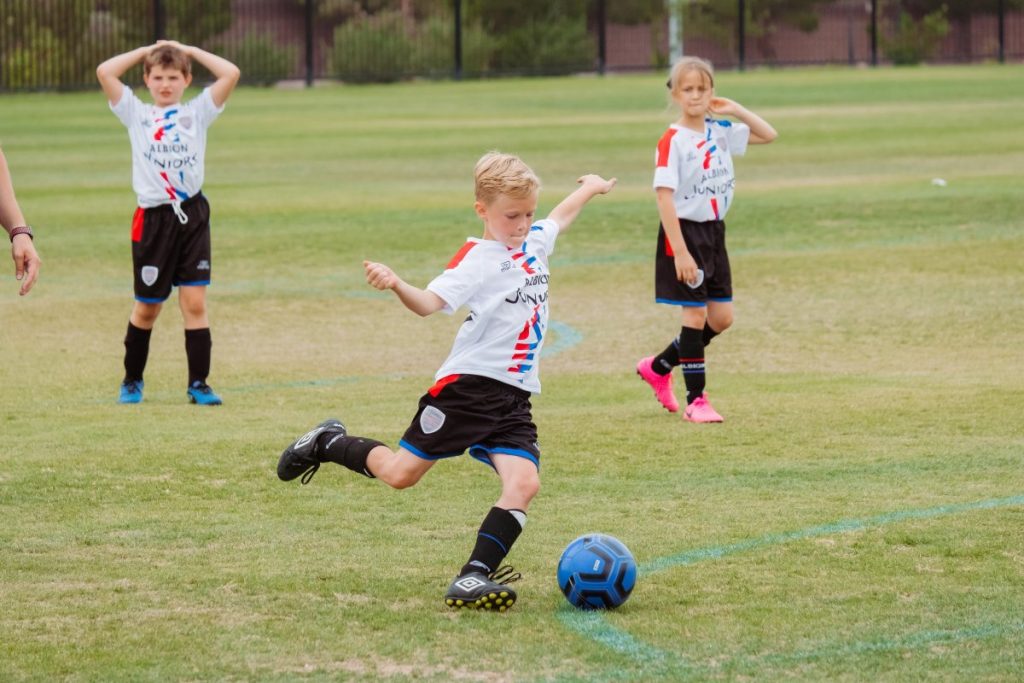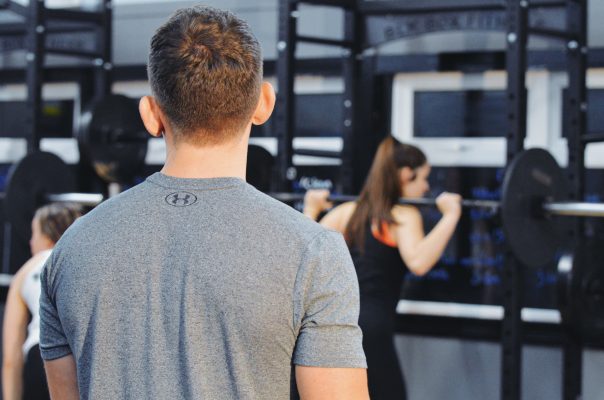A major part of a Long-term Development Programme (LTAD) for sport coaches and trainers is the management of each athlete, and if a team sport, the whole-team, or squad. This management includes asking athletes to attend sport practice sessions, be fresh and ready to perform for weekly competitive games, along with the guidance in the constant development of physical capacities; strength, acceleration, speed, and RFD (see RFD blog for more info on physical capacities), (other lifestyle factors are also important, but I’ll cover that within a stress/stimuli blog).
It is all too frequent to see a mismanagement of athletes, especially young athletes, from either not knowing and/or not having the tools, but unfortunately this mismanagement can have negative consequences within their development. The most common concepts being:
- Playing too much competitive sport
- Using their sport as their training (to try and improve physical capacities and sport skills)
- Not managing training, readiness, and fatigue
The above factors can easily lead to burnout and overuse injuries (Bell et al. 2018, Holden et al. 2016, Johnson, 2008, McClelland, 2016), but please let me explain, I’m not saying that young athletes should not play sport, but we as coaches and trainers should help with their management (readiness/fatigue), and pay close attention to their readiness and robustness, with the notion of focusing on general training and skill development, which should sometimes, be more important than specific skills (Lloyd & Oliver, 2012), or sport skills; Just like lots of studying before an exam!
As each athlete is starting or continuing their unique athletic journey, I would strongly suggest that we start to use an Athlete-centred Approach, to help each athlete with their own management of training, games, and practice, rather than ‘telling’ them what to do. Using an athlete-centred approach, we can encourage and empower the athletes to be a part of the training decisions, as the athlete can then provide quality feedback on their training status i.e., the constant balance between readiness and fatigue.
By taking an athlete-centred approach, sport coaches and trainers can monitor their athlete’s development, and by encouraging the athlete to be responsible and accountable for some of their training, this opens a clear communication pathway, where the athlete feels confident to discuss their training, game performance and the next phase of training. All with the focus on reducing risk factors and boosting physical capacities, both for long-term performance and overall athlete robustness.
How to Build an Athlete-Centred Approach
Creating an athlete-centred approach can seem complex, but with the ever-changing technology, software can manage most of the hard work. To create and to start an athlete-centred approach, specific characteristics (table 1) should be recorded and considered, as this will identify a starting point in the athlete’s training and give some quantification of the amount of ‘Load’ the athlete is accustomed to.

Management of Load
Within a LTAD programme and athlete-centred approach, having an appreciation of the amount of load the athlete has previously experienced is vital, as sudden changes or spikes of ‘load’ may play a major part in musculoskeletal injuries (Gabbett, 2016, Malone et al. 2017).
Load can be categorised as either ‘Internal’ (subjective and relative to the athlete, frequently measured using a RPE scale), or ‘External’ (more objective, within the sport or training session, sprints completed, number of jumps, weight lifted).
The combination of internal and external load may be important factors in the model between training, readiness, and fatigue. But please remember that high loads (internal and external) may not be the problem, it’s probably more the change of load, especially as many athletes are under-prepared for the sporting demands (McManus et al. 2006).

An example of sudden changes in ‘load’
- Young football player
- Age 12 yrs.
- Sport practice 4 – 5 times a week
- No other training or development in their physical capacities
- They play a tough competitive game

In a consensus statement (2017), the researchers recommended that athletes, especially young athletes, keep training diaries, as this will help to collect training data, which can be interpreted as either external or internal load.
At Advance Performance, we follow this advice, and use our Athlete App, as this has been specifically created for both young and established athletes. The Athlete App delivers the training session/exercises and/or drills along with key training information.

It is essential to monitor both external and internal loads, as this will highlight either fitness improvements (physical capacities) or fatiguing factors. For example, an athlete stagnating on repetitions completed or a lack of increase in weight used but uploading a change (higher RPE) maybe showing signs of fatigue (accumulative), whereas an athlete increasing their weight in a set exercise with their RPE staying the same or even less is demonstrating an improvement if fitness and a higher level of physical capacity.
Practical Applications
Implementing a LTAD and athlete-centred approach to training and using ready-made technology to monitor external and internal loads empowers the athlete to be a part of their training and provides key information to help coaches to reduce fatigue, burnout, and frustration in development, which will ultimately hinder sport performance and enjoyment.
Monitoring training data (load) is also imperative for coaches, as this will aid in informed decisions, both for athlete feedback and for the next phase of training.
If you have any questions, or would like information on what we do, please contact us.
References
Bell, D.R., Post, E.G., Biese, K., Bay, C., & McLeod, T.V. (2018). Sports specialisation and risk of overuse injuries. A systematic review with meta-analysis. Pediatrics, 143(3), 1 – 8.
Bourdon, P.C., Cardinale, M., Murray, A., Gastin, P., Kellmann, M., Varley, M.C., Gabbett, T.J., Coutts, A.J., Burgess, D.J., Gregson, W. & Cable, N.T. (2017). Monitoring athlete loads: consensus statement. Internal Journal of Sports Physiology and Performance, 12, 161 – 170.
Holden, S.L., Keshock, C.M., Forester, B.E., Pugh, S.F., & Heitman, R.J. (2016). Burnout and years of sports competition: is there a correlation? International Journal of Sports Science, 6, 8 – 11.
Johnson, J.H. (2008). Overuse injuries in young athletes: Cause and prevention. National Strength & Conditioning Association, 30(2), 27 – 31.
Lloyd, R.S. & Oliver, J.L. (2012). The youth physical development model: a new approach to long-term athletic development. National Strength & Conditioning Association, 34(3), 61 – 72.
Malone, S., Roe, M., Doran, D., Gabbett, T.J., & Collins, K. (2017) High chronic training loads and exposure to bouts of maximal velocity running reduce injury risk in Gaelic football. J Sci Med Sport, 20(3), 250 – 254.
McClelland, J.J. (2016). Early specialisation: Overuse injury and burnout. Capstone Projects, 7, 1- 42.
McManus, A., Stevenson, M.R., & Finch, C.F. (2006). Incidence and Risk Factors for Injury in Non-Elite Netball. Journal of Science and Medicine in Sport, 9, 119 – 124.



